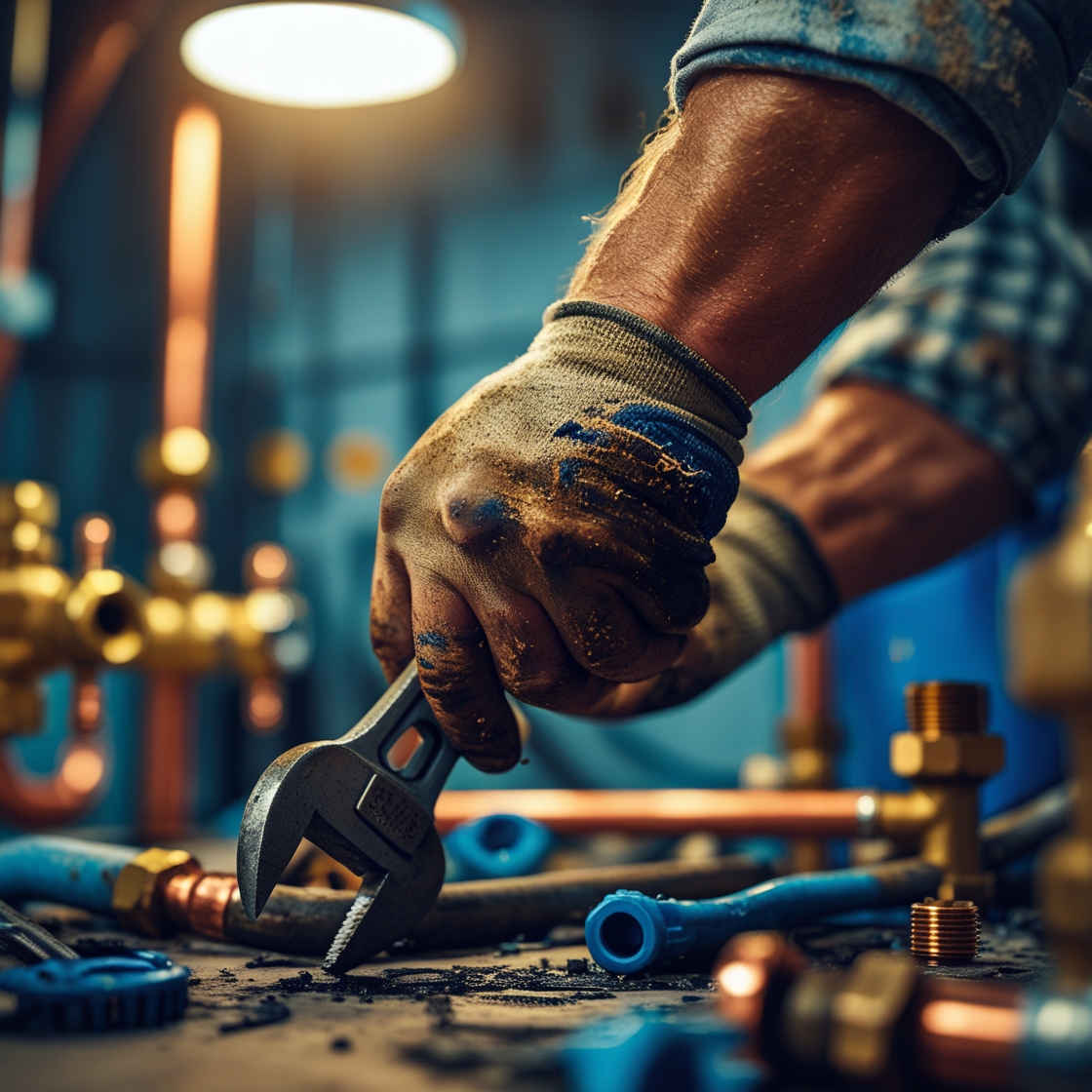Introduction: The Hidden Cost of Ignoring Your Sewer System
Homeowners in Los Angeles often take their plumbing systems for granted — until something goes wrong. A slow drain, gurgling toilet, or bad odor can signal that something much bigger is happening underground. Unfortunately, by the time you notice visible symptoms, you may already be facing costly repairs.
That’s where preventive sewer inspections come in. Instead of waiting for disaster to strike, Los Angeles homeowners can take a proactive approach to protect their plumbing systems, property value, and wallets.
At The Pine Plumbing, we’ve seen it all — from small clogs that turned into full line collapses to hidden leaks that caused foundation damage. The good news? Most of these problems could have been avoided with regular plumbing maintenance in LA, specifically through a professional sewer camera inspection.
In this post, we’ll explain why preventive sewer inspections are one of the smartest investments you can make, how they work, and how they save you money year after year.
What Is a Preventive Sewer Inspection?
A preventive sewer inspection is a routine evaluation of your property’s sewer lines using advanced camera technology. Rather than waiting for an emergency, this inspection identifies potential issues — like buildup, cracks, or root intrusions — before they cause major damage.
During the inspection, a licensed plumber inserts a high-resolution camera into your main sewer line. The footage is displayed in real-time, allowing the technician to detect any irregularities inside the pipe, including corrosion, leaks, or misaligned joints.
Think of it like a health checkup for your plumbing system. Just as you visit the doctor for preventive care, your sewer lines need the same attention to stay healthy and efficient.
Why Preventive Sewer Inspections Are Critical in Los Angeles
Los Angeles is known for its beautiful weather and sprawling neighborhoods — but beneath those homes lies an aging network of pipes, many dating back 50 years or more. Combine that with frequent droughts, root growth, and seismic activity, and you’ve got the perfect recipe for plumbing problems.
Here’s why plumbing maintenance in LA is more crucial than ever:
- Aging Infrastructure: Many LA homes still rely on clay or cast-iron pipes that deteriorate over time.
- Tree Root Intrusion: Mature trees in older neighborhoods often send roots into sewer lines in search of moisture.
- Soil Shifting and Earthquakes: Even minor seismic movement can misalign or crack underground pipes.
- Increased Home Value Concerns: Buyers in LA are increasingly requesting sewer inspection reports before closing deals.
By investing in sewer repair prevention through inspections, you can stay ahead of these common local issues and avoid being blindsided by costly repairs.
The Financial Benefits of Preventive Sewer Inspections
Most homeowners hesitate to schedule a sewer inspection because they assume it’s unnecessary — or too expensive. But here’s the truth: preventive inspections save you far more than they cost.
1. Avoid Expensive Emergency Repairs
A single sewer line collapse can cost $5,000 to $15,000 or more to repair. In contrast, a preventive sewer inspection costs just a fraction of that — and can detect weak points before they break.
2. Prevent Property Damage
Leaking sewage doesn’t just stay underground. It can seep into your foundation, yard, or walls, leading to mold, structural issues, and costly remediation. Early detection keeps these hazards from spreading.
3. Extend the Life of Your Plumbing System
Regular inspections help maintain your system’s integrity. Identifying corrosion, debris buildup, or root growth early allows for timely cleaning and minor repairs — significantly extending your sewer line’s lifespan.
4. Increase Home Value
If you’re planning to sell your home, a recent plumbing maintenance report or sewer inspection certificate can reassure buyers that your property is in excellent condition — potentially boosting your asking price.
5. Qualify for Repair Discounts
At The Pine Plumbing, we often offer free sewer camera inspections with qualifying repair services. That means your investment in prevention often comes with immediate savings if any issues are found.
How the Preventive Sewer Inspection Process Works
Understanding the sewer inspection process helps you see how efficient and non-invasive it really is. Here’s what to expect when you schedule your inspection with The Pine Plumbing:
Step 1: Initial Assessment
Our licensed technicians begin by identifying the best access point for your sewer line — typically through a cleanout. We’ll also ask about any symptoms you’ve noticed, such as slow drains or odors, to target specific areas.
Step 2: Camera Insertion
A waterproof, high-definition camera attached to a flexible rod is carefully fed into your sewer line. The live feed is displayed on a monitor, allowing our specialists to inspect every inch of your pipe.
Step 3: Real-Time Analysis
As the camera moves through the line, our technicians look for signs of corrosion, root growth, cracks, or buildup. We record and mark areas of concern for further review.
Step 4: Comprehensive Report
After the inspection, we provide a detailed report that includes:
- Video footage of your entire sewer line
- Specific locations of any problems
- Professional recommendations for repair or cleaning
Step 5: Preventive Action Plan
If we detect any minor issues, we’ll outline a cost-effective sewer repair prevention strategy. This might include hydro jetting, pipe relining, or simple maintenance steps to keep your system flowing smoothly.
Common Issues Detected During Preventive Sewer Inspections
Preventive inspections often reveal hidden issues that would otherwise remain undetected until major damage occurs. Some of the most common findings in Los Angeles homes include:
- Root Intrusions: Tree roots enter small cracks and expand, blocking water flow.
- Pipe Corrosion: Rust and mineral buildup reduce pipe diameter and flow efficiency.
- Sagging (Bellied) Pipes: Sections of the sewer line that have settled and collect waste.
- Cracked or Collapsed Lines: Often caused by soil movement or aging materials.
- Grease and Debris Buildup: Common in households where cooking oil or non-flushables enter the drain.
Each of these issues can be managed more easily — and affordably — when caught early through preventive maintenance.
When Should You Schedule a Preventive Sewer Inspection?
There’s no one-size-fits-all rule, but experts recommend scheduling a sewer inspection every 12 to 24 months, depending on the age of your home and usage.
You should also book an inspection if you notice:
- Slow or gurgling drains
- Unpleasant odors from sinks or toilets
- Unexplained wet spots in your yard
- Frequent backups
- High water bills
And if you’re buying a new property in Los Angeles? A sewer inspection before purchase is absolutely essential to avoid inheriting costly plumbing issues.
Preventive Sewer Inspection vs. Emergency Repair
The difference between prevention and reaction is night and day — both in convenience and cost.
| Aspect | Preventive Sewer Inspection | Emergency Repair |
|---|---|---|
| Cost | Low, typically under $400 | $5,000 – $15,000+ |
| Time | 1–2 hours | Several days |
| Damage | None (non-invasive) | May require excavation |
| Stress Level | Low | Extremely high |
| Outcome | Early detection & maintenance | Costly last-minute repair |
Choosing preventive sewer inspections is like investing in a long-term protection plan for your property.
Environmental Benefits of Sewer Maintenance
Preventive inspections don’t just protect your home — they protect the environment, too. Leaking sewage can contaminate soil, groundwater, and nearby waterways.
By detecting and fixing leaks early, you’re doing your part to reduce waste and prevent pollution in your local community. It’s another reason why plumbing maintenance in LA should be part of every homeowner’s annual routine.
How Preventive Sewer Inspections Fit into a Full Maintenance Plan
Your plumbing system works hard every day. To keep it in top shape, The Pine Plumbing recommends integrating preventive sewer inspections into a broader maintenance plan that includes:
- Regular Drain Cleaning – Prevent buildup that leads to clogs.
- Water Pressure Testing – Detect leaks and weak points.
- Fixture Maintenance – Ensure sinks, showers, and toilets run efficiently.
- Annual Sewer Inspection – Catch hidden issues underground.
Together, these steps provide a holistic approach to sewer repair prevention and plumbing longevity.
Why Choose The Pine Plumbing for Preventive Inspections in Los Angeles
When it comes to plumbing maintenance in LA, not all plumbers are created equal. At The Pine Plumbing, we combine experience, transparency, and state-of-the-art technology to deliver results you can trust.
Here’s why homeowners choose us:
✅ Free inspections with qualifying repairs
✅ Licensed, insured, and highly trained specialists
✅ High-definition sewer camera footage
✅ Fast, reliable scheduling
✅ Upfront pricing — no hidden costs
We don’t believe in guesswork. We believe in showing you exactly what’s happening underground — so you can make informed decisions about your plumbing system.
Final Thoughts: Prevention Is the Best Protection
Ignoring your sewer system doesn’t make problems go away — it only makes them more expensive. With preventive sewer inspections, Los Angeles homeowners can stay ahead of hidden issues, save thousands in repairs, and enjoy peace of mind knowing their plumbing is in top condition.
At The Pine Plumbing, we’re dedicated to helping our community maintain strong, reliable sewer systems through honest inspections and expert service.
Call to Action
📞 Call (323) 346-4472 today to schedule your preventive sewer inspection in Los Angeles and experience the peace of mind that comes with knowing your home is protected.
Whether you need a one-time inspection or a full maintenance plan, The Pine Plumbing is here to keep your pipes flowing smoothly — for years to come.



